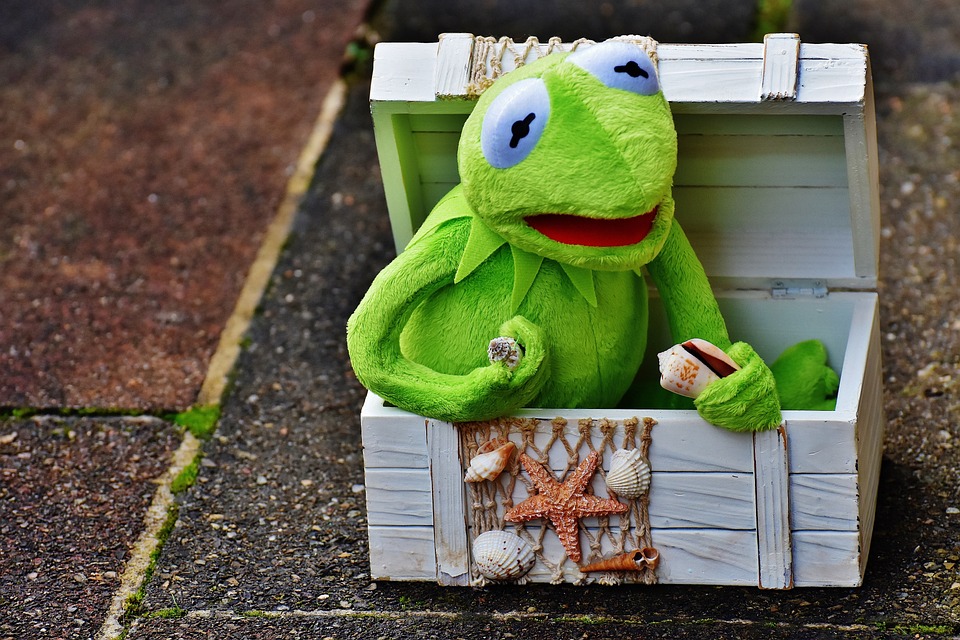Fish Health: How to Recognize and Address Fish Tank Fish Clamped Fins
The Link Between Fish Health and Clamped Fins
Clamped fins in fish can be an indication of various underlying health issues. As a fish owner, it is crucial to recognize these symptoms promptly and take appropriate actions to address them. In this article, we will discuss the causes, symptoms, and treatment options for fish with clamped fins, ensuring the well-being of your aquatic companions.
Causes of Clamped Fins in Fish
Clamped fins, also known as fin clamping, occur when a fish’s fins are held tightly against its body instead of being spread open. Several factors can contribute to this condition, including:
1. Poor Water Quality: Fish are highly sensitive to changes in water quality. High ammonia, nitrite, or nitrate levels can stress the fish, leading to clamped fins.
2. Incorrect Water Parameters: Inappropriate water temperature, pH levels, or hardness can cause stress and result in fin clamping.
3. Bacterial or Fungal Infections: Pathogens such as bacteria or fungi can infect the fins, causing inflammation and clamping.
4. Parasitic Infestations: Parasites like flukes or ich can irritate the fish’s fins, causing them to clamp.
5. Stress or Poor Living Conditions: Overcrowded tanks, aggressive tankmates, or inadequate hiding spots can stress the fish, leading to clamped fins.
Recognizing Clamped Fins in Fish
Identifying fish with clamped fins is essential for early detection and appropriate intervention. Look out for the following symptoms:
1. Fins Held Close to the Body: The fish’s fins will appear compressed against its body, lacking the usual spread and vibrancy.
2. Reduced Fin Movement: Clamped fins restrict the fish’s ability to move its fins freely, resulting in reduced fin fluttering or swimming agility.
3. Behavior Changes: Fish with clamped fins may exhibit abnormal behavior, such as reduced appetite, lethargy, or hiding.
Addressing Fish Tank Fish Clamped Fins
Once you notice clamped fins in your fish, it is crucial to take prompt action to address the underlying causes and restore the fish’s health. Here are some steps you can follow:
1. Water Quality Assessment: Test your aquarium water for ammonia, nitrite, nitrate, pH, and hardness levels. Make necessary adjustments to maintain optimal water quality.
2. Increase Water Changes: Regular water changes help dilute toxins and ensure a clean and healthy environment for your fish. Aim for weekly water changes of 20-30%.
3. Check and Adjust Water Temperature: Ensure that the water temperature matches the appropriate range for your fish species. Sudden temperature fluctuations can cause stress and fin clamping.
4. Medications for Infections: If you suspect a bacterial or fungal infection, consider using appropriate medications to treat the fish and prevent the infection from spreading.
5. Parasite Treatment: If parasites are the cause of clamped fins, use suitable anti-parasitic treatments recommended for your specific fish species.
6. Stress Reduction: Evaluate your tank setup and make necessary changes to reduce stress. Provide adequate hiding spots, maintain appropriate tank size, and avoid overcrowding.
FAQs: Fish Tank Fish Clamped Fins
1. Can clamped fins be a sign of stress?
– Yes, clamped fins are often associated with stress. Poor water conditions, aggressive tankmates, or inadequate hiding spots can stress fish, leading to clamped fins.
2. How long does it take for clamped fins to heal?
– The healing time for clamped fins depends on the underlying cause and the fish’s overall health. With proper care and treatment, it usually takes a few weeks to several months for fins to fully recover.
3. Should I isolate the fish with clamped fins from other tankmates?
– If the fish displays signs of aggression or if the underlying cause is contagious, it is advisable to temporarily isolate the affected fish to prevent further stress or spread of infection.
4. Can I use aquarium salt to treat clamped fins?
– Aquarium salt can be used as a mild treatment option for certain fish species. However, it is essential to research the specific salt requirements of your fish and follow proper dosage instructions.
Remember, addressing clamped fins promptly can significantly improve the health and well-being of your fish. Regular monitoring, maintaining optimal water conditions, and providing a stress-free environment are key to preventing and addressing clamped fins effectively.









